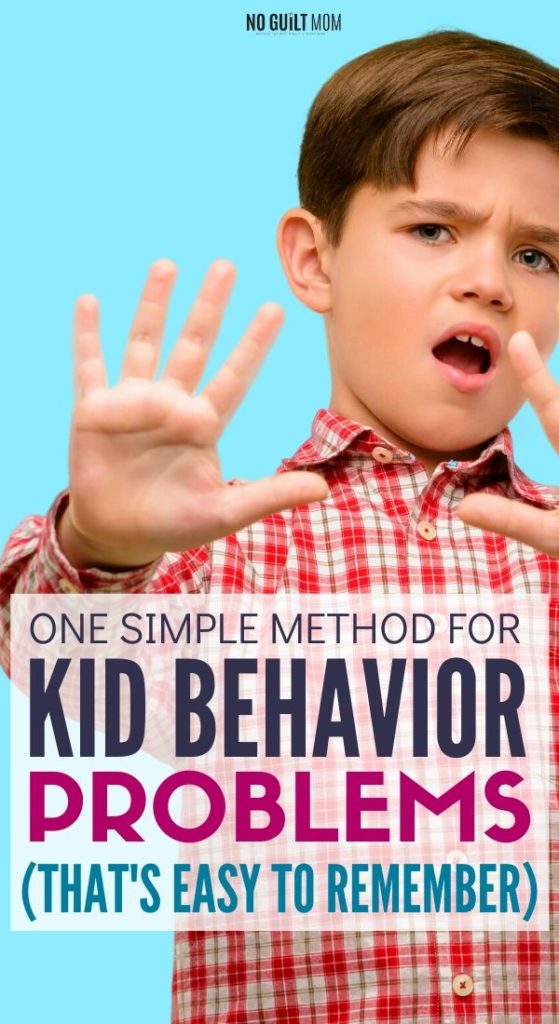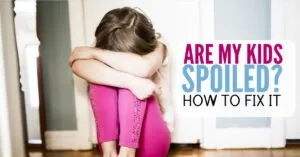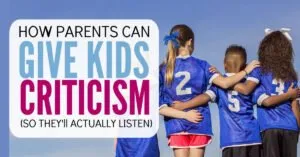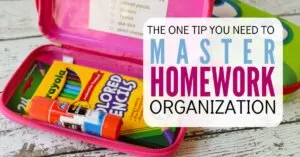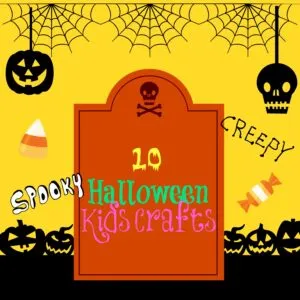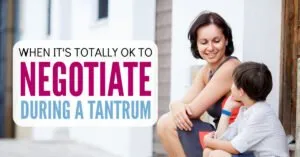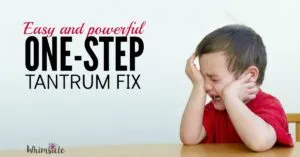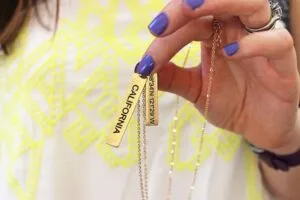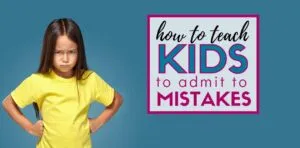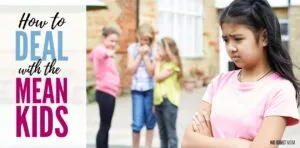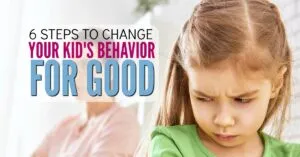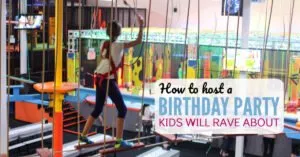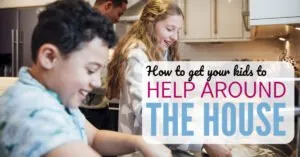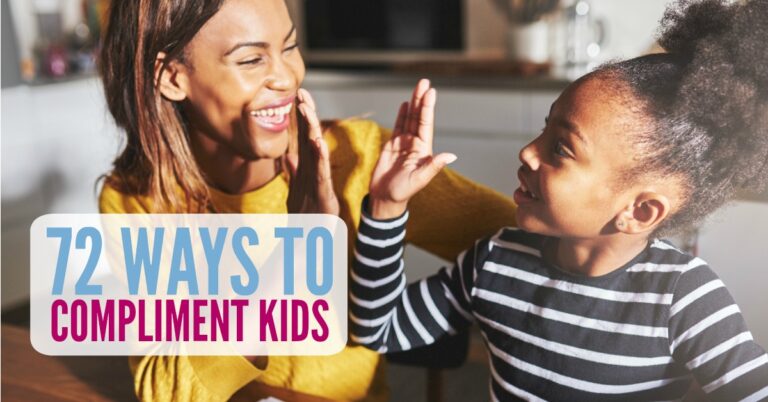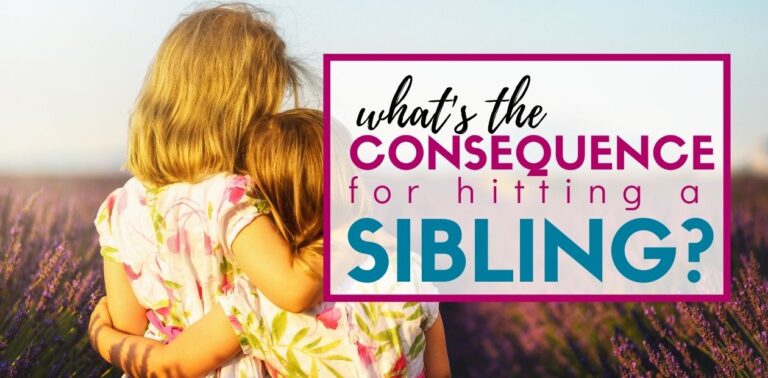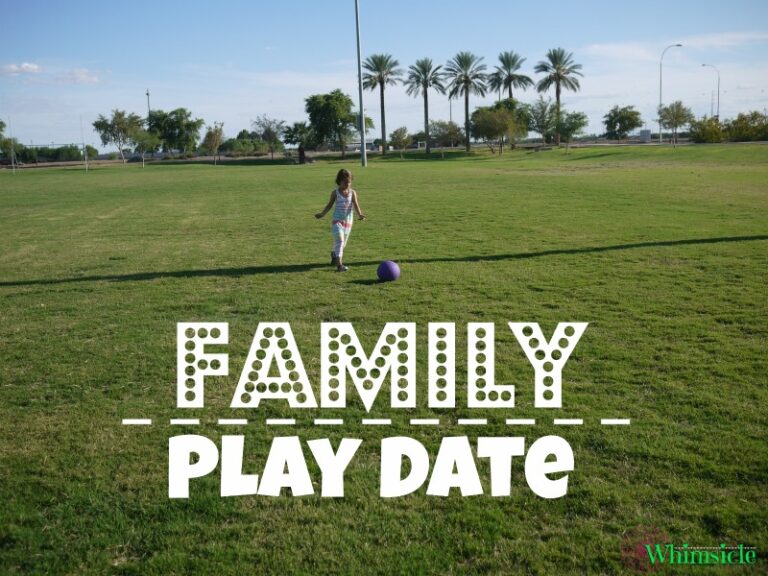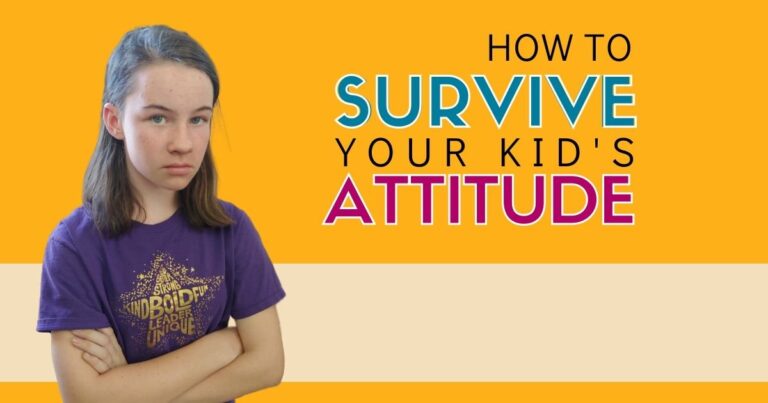One Simple Method for Kid Behavior Problems (that’s easy to remember)
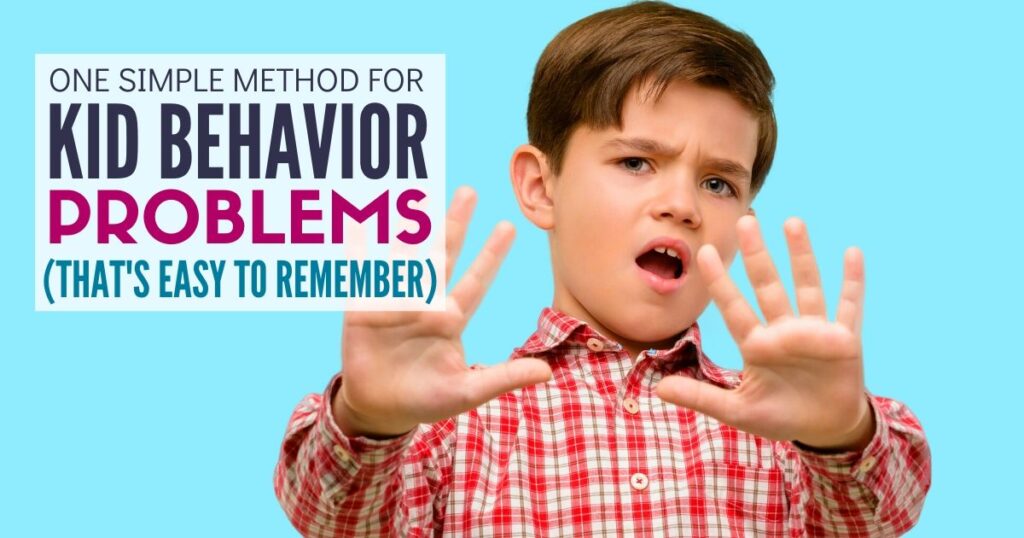
You’re in a faceoff with your kid. At least, it feels like a faceoff.
They want candy before dinner. You said no.
Her little fists are in tight balls. You know what comes next.
Utter chaos and explosion.
She throws herself down on the ground. Or worse. She starts yelling at you.
“You’re the worst mommy! I hate you!”
Then come those little fists. My gosh! What the hell? I didn’t raise you like this child.
How did this mild-mannered kid become a raging out of control monster?
What do you do in this situation? You want to yell. Scream. Cry. Open that bottle of wine at 10am.
Rest assured, there is nothing you are doing wrong here. Kids have out of control emotions resulting in fits of rage. Some people label them as kid behavior problems, but really they’re a normal part of development.
Read: 6 Positive Discipline Steps that will Change Your Child’s Behavior
The hard part of parenting is knowing how to keep our own emotions in check while teaching our kids to do the same.
It helps to find a process you can always fall back on. Think SMALL.
SMALL stands for:
S- STOP
M- MATCH
A- ACKNOWLEDGE
L- LIMIT
L- LEARN
SMALL is going to be your lifesaver.
S is for stop
We’re pure reaction. Our kids are pure reaction.
When we react, it’s our emotions in control. While some actions we take might feel very VERY good in the moment (GO to your room and no ice cream FOREVER!), the things we say during this time are unenforceable.
That’s why its good to stop.
When you feel anger bubbling up or know you are “thisclose” to crying – take a break.
Breathe.
You can even talk to yourself out loud during this time.
Read: Two Steps to Calm Your Inner Angry Mom
Watch your kids’ faces as you say to yourself, “I’m really angry about being hit right now. But I am going to stay calm. I will take a deep breath in. Nope. Not feeling OK yet. Another deep breath in.”
Once you feel a bit of mental control, you can go to the next step.
M is for match
Get ready to ramp up your emotions.
If they are screaming at you, they won’t listen if you answer back calmly, “I see you’re mad. I think you need to calm down.”
Instead, communicate in short bursts with the same intensity in your voice as your child.
This is not the time to be calm and measured.
This is when you up your intensity so that your child knows you understand.
Read: Dealing with Temper Tantrums: The Trick You Haven’t Tried Yet
But what do you say?
A is for Acknowledge
Kids don’t respond to long-winded statements. They lose focus. When you try to explain to them how you think they’re feeling or how they should act, their mind doesn’t follow.
Your goal is to get through to them in as few words as possible.
Dr. Harvey Karp, author of The Happiest Toddler on the Block calls this the Fast Food rule: “The Fast Food Rule says that whenever you’re speaking with someone who is upset, they get to go first, and you acknowledge their feelings before doing anything else.”
This works for all ages – not just toddlers.
Think of ordering at a fast-food window. You don’t say, “Hmmmm.. I would like those yellow, fried pieces of potatoes covered in salt with a sandwich that has a burger patty and a bit of mustard, ketchup some lettuce and that special sauce.
Nope, its “Big Mac and fries please“
That’s how our child is talking to us.
And then the person at the drive-thru window repeats it. “You want a Big Mac and Fries”
This is how we want to structure what we say to our kids when we’re upset
“YOU’RE MAD. YOU’RE HITTING. YOU WANT CANDY.”
This will help your child feel understood. They’ll turn to you and say, “yeah.“
L is for Limit
Now that they know you’re in control of your own emotions and your child knows that you understand how they’re feeling – set the limit.
“Hitting is not OK”
or “We don’t hit in this family.”
or “Saying “I hate you” makes me feel sad.”
After you state the limit, the only thing to do is cool down.
Dr. Laura Markham says, “If kids feel safe expressing their anger, and we meet that anger with compassion, the anger will begin to melt.” You’ve done what you can and now everyone’s emotions need a chance to recover.
This can be done by holding your child, taking a break and watching some TV, or having them cuddle with a stuffed animal.
This is different for every kid. My son knows to scream into a pillow or separate himself by being alone in another room.
It’s not an enforced separation, rather its just enough distance so that he doesn’t hurt anyone else when he’s angry but we’re close enough if he needs it.
But this knowledge didn’t come right away, because after everyone cools down…
L is for Learn.
This is where you can dissect what happened and help your child think of strategies to use next time they’re upset.
I like to use a lot of questions, such as,
“Next time you’re angry, what can you do instead of hitting?” or
“You were very mad and told your sister you hate her. That hurts her feelings. What can you do instead?”
When you first start this, they’ll have no clue.
Think SMALL for Kid Behavior Problems
Next time your child rages into a ball of uncontrollable emotion, think SMALL: Stop, Match, Acknowledge, Limit and Learn.
Not only will your child know what to expect, but you’ll no longer second guess yourself. I call that a win.
